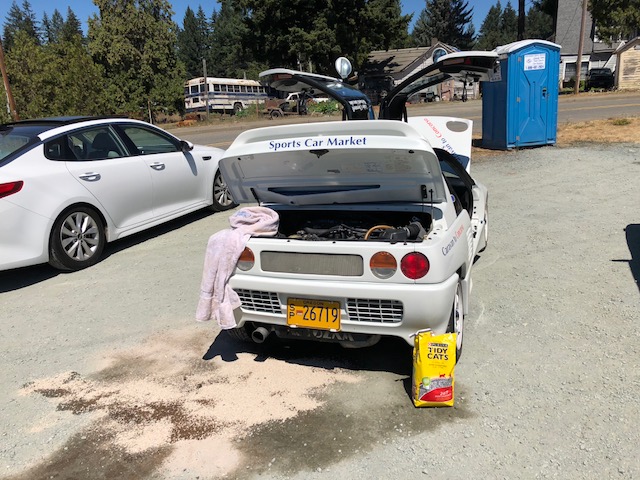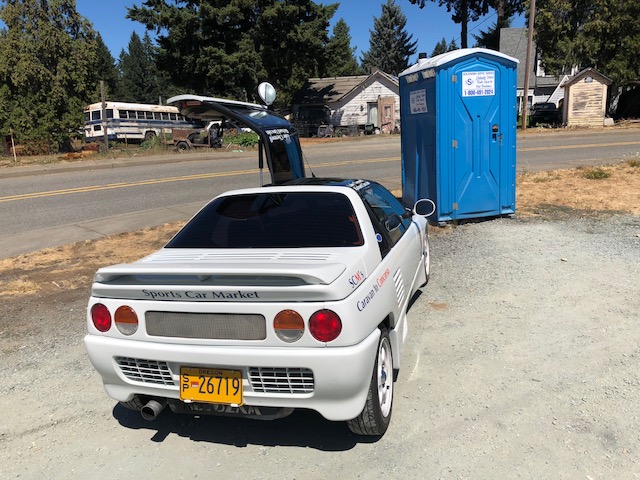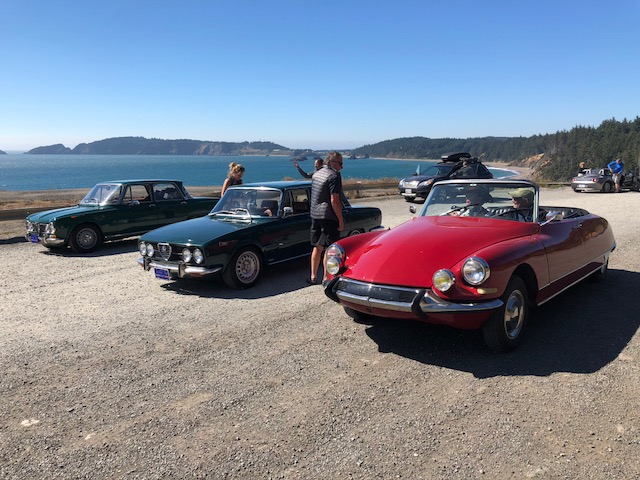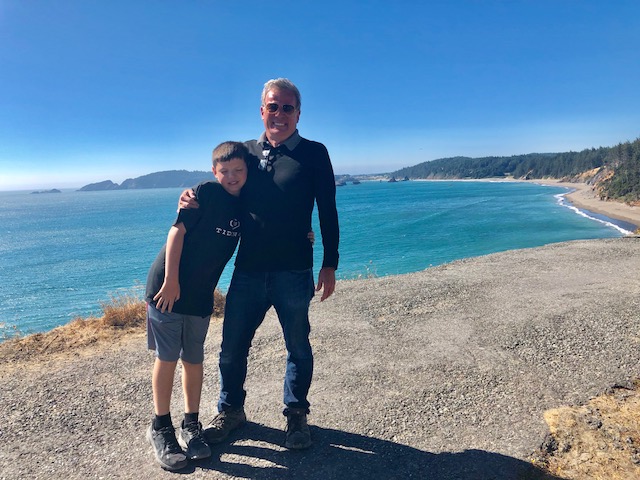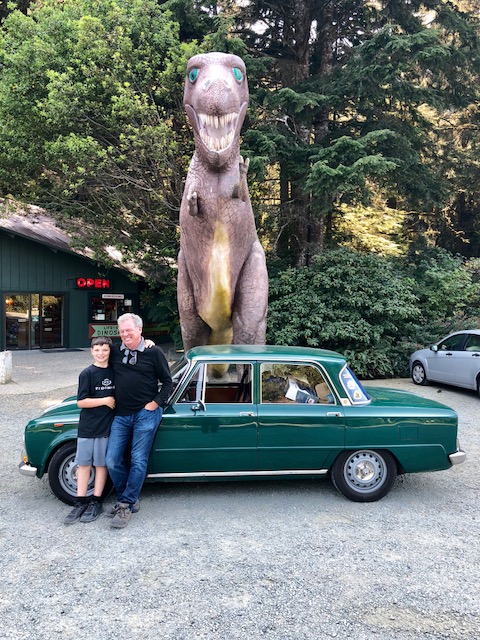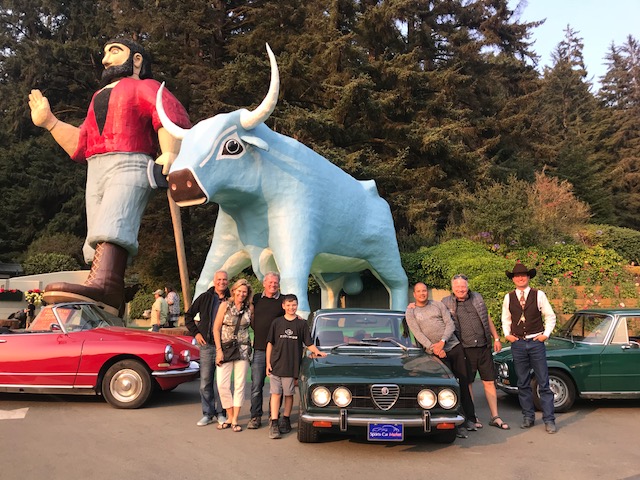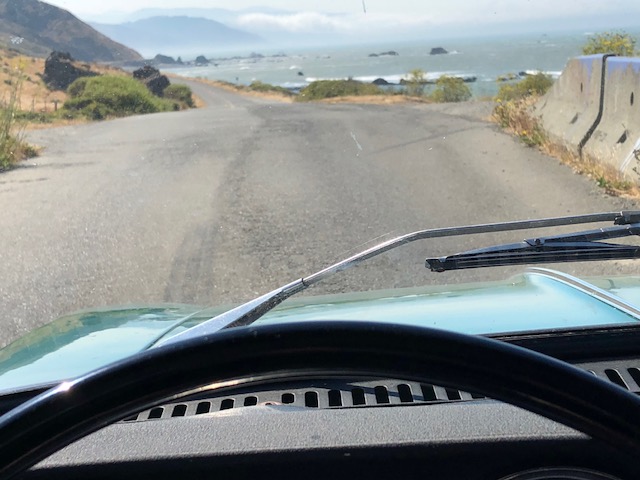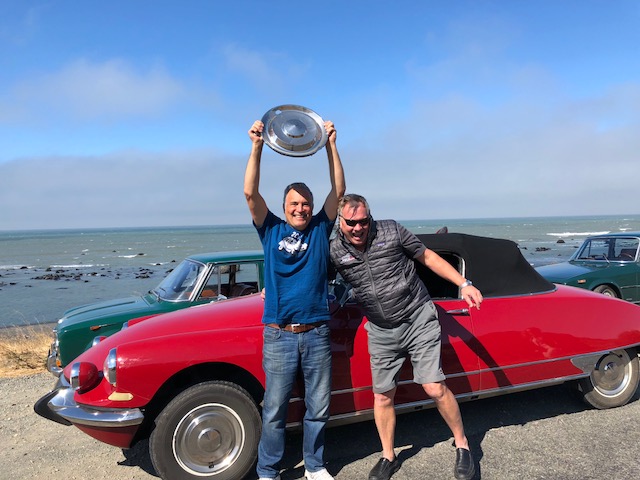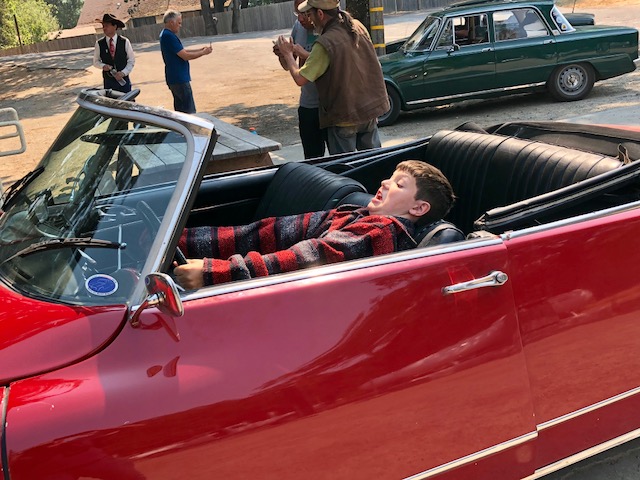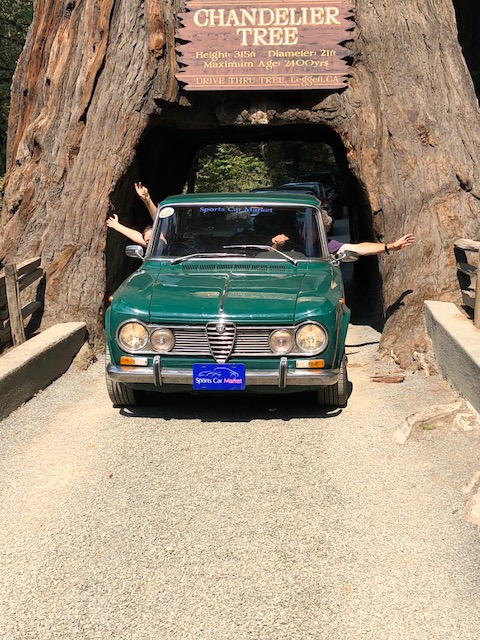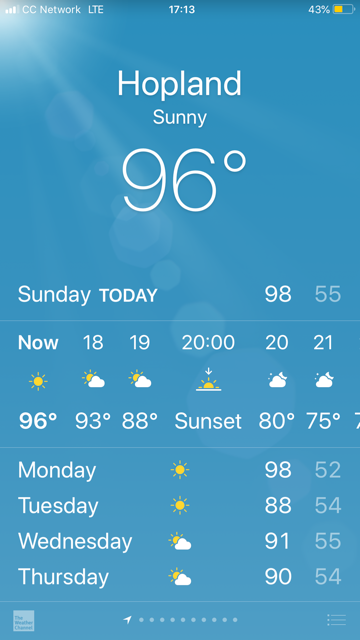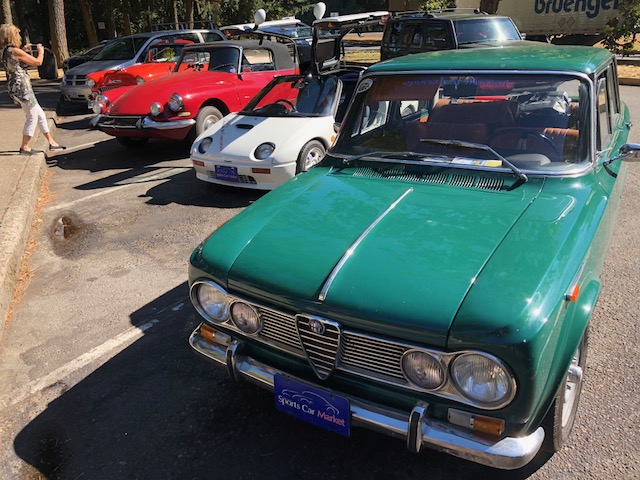
Editor’s note: Keith Martin invited SCMers Luke Chennell and Richard Lincoln to come along on SCM’s Caravan to Concorso. The catch: They had to drive SCM’s Autozam. Luke took over Keith’s Blog this week to tell the tale:
Road trips start off with a great longing of what’s to come, to see the adventures along the way, to know what’s over the next hill. It’s what drives humans to want the “news,” to have stories to share with those who were left behind.
After the usual indignities of airline travel — the constant institutional slights, the individual bits of generosity — I arrived late Friday night into Portland — near SCM World Headquarters. I made my way to a bed that was clearly not my own after pouring down food and drink that I had clearly not made in order to prepare for a morning that I had not planned.
I’ve never gone on a real “sports car rally.” Most everything I do is organized by me, is full of variables, and is prone to change at any moment. I learned a few things on this adventure, and most of them indicate that I have not been doing things wrong. In fact, the only thing I had been doing wrong so far is to not bring along like-minded companions with amiable intent.
We started off from Portland, cheery and coffee in hand, at 8 a.m. on Saturday. The destination: Monterey Car Week. I studied the Autozam AZ-1, attempting to learn any of its secrets. The Internet was mostly a garble, and reading the kanjis on the interior parts of the Autozam was not much help. I figured out how to open the doors, and the rest seemed simple. I turned the key, the car took off. It was made in Japan, so simple, right?
Our traveling companions met up with us, showed us their cars, we smiled, they laughed at the Autozam, and we were off. We wound our way out of the tangled streets of Portland to find Interstate 5, where I leveraged the Autozam’s power to merge us into some traffic. There was space aplenty, including in the passenger compartment. My partner for the trip, Richard Lincoln, laughed hard and fast as the turbo blew off and roared up and did turbo things.
The car, run hard, sounded like something of out a 1990s F1 simulator. Three cylinders can make a hell of a racket, and the designers clearly did not want to minimize that effect. Every wastegate opening elicited smiles from Richard and I, and I rowed through the shaky gearshift trying to get something that seemed to match road speed to engine speed.
I learned quickly that the AZ-1 is a high-strung car — 5,000 rpm is the normal range of operation. Roaring down I-5, it was no problem to push the car to 90 to 95 mph when passing, while still well within the 9,000 rpm redline. The car did not want to follow any path you prescribed; the path the road laid out was better for it. It required much corrective behavior to make it fit the lines on the road.
After the conformity of I-5, we pulled off onto a lovely road, Highway 42, which took us to the Oregon Coast. The Autozam was clearly tired of this deviation from conformity. Pulling up out of the Willamette Valley in a hard climb, I had the Autozam working like a ’52 Chevy 2-ton with a full load of grain. We got to the top seemingly without incident. As we rolled down the hill, off the throttle, our compatriots started to message that someone needed to stop. Richard and I couldn’t believe it would be us, but we stopped in general sympathy.
As it turned out, we’d spewed coolant all over the place. And we were continuing to spew coolant all over the place. We used all of the usual techniques, adding coolant, trying to suck heat out, bleeding, etc., but the telltale sign was when the engine began to miss and blow white smoke. After a couple of episodes of this, Keith and I stuck our fingers in the exhaust and decided it was time to negotiate an exit.
Such an exit was swift and directly arranged, and we continued on. Lunch was late, but no one had complaint — we had good cars and new friends.
The rest of trip was lovely, as a fellow rally person picked me up in his Citroen DS-21 Cabriolet. After riding along with him for some time, feeling like someone picked up by the tow truck, he graciously led us down covered bridges, Oregon canyons, and finally to the great sweep of the Pacific Ocean. The top was down. It took about three seconds at a stoplight, and it was the only proper thing to do. He let us drive the car, him riding or not. I became rather smitten.
We roared down through the rocky coasts of Oregon, watching the squalls from windows or windshields, seeing the smoke from wildfires come on the horizon, seeing the tourists in modern cars braking suddenly for whatever they wanted to brake for.
Trying to stay together at first, we learned that to be a caravan is more than just not letting each other out of sight. As a caravan, we had a few obligations. We flat drove all of these cars, switching around drivers and riders, as we felt comfortable, with the understanding that no one would hurt a car.
We started the day in Portland with four cars and ended in Eureka, CA, with three.
Sunday would see us heading to Novato. We’re hoping we’ll still have three cars running there as well. We’re on our way to Monterey Car Week and Concorso Italiano. — Luke Chennell
